This week, Sparkfun launched our 2022 special edition board - the Constellation MicroMod Kit. It makes for a fun backdrop or might remind you of the night sky, but humanity has a long history of scientific discovery that started just by looking up, and that spirit has continued to live on in those of you out there who use our products to discover things about the world around you.
Spitzer Space Telescope image of the Milky Way. Photo: NASA
You may know constellations from someone pointing out the Big Dipper on a camping trip or from your zodiac sign, but they have a rich history that aided earlier humans in navigating, as well as making sense of the world around them and learning about the Earth’s place in the universe. Each constellation has a story behind it, and there are 88 official constellations recognized by the International Astronomical Union. Constellations themselves are entirely manmade, being perceived patterns of stars grouped into images and narratives by humans. The stars that make up each constellation may be millions of light years away from each other, and the only thing that brought them together is a human looking up and seeing a story where there was just a random assortment of stars.
Illustration of traditional constellations. Photo: Marzolino/Shutterstock
Early Instrumentation
Astronomy is the oldest of the natural sciences, first being associated with deities and the divine and then being linked to tides, seasons and weather as our understanding grew. The earliest evidence we have of recognition that astronomical phenomena are periodic and able to be predicted with mathematics is Babylonian, but cultures all over the world made significant discoveries. In addition to Mesopotamia, ancient astronomers were watching the stars in India, China, Greece, Egypt and Mesoamerica. During this time eclipses were accurately predicted, supernovae were detected, and buildings and monuments were built pointing at guide stars.
Babylonian tablet recording Halley's comet in 164 BC. Photo: British Museum
In the middle ages, Islamic scientists in the middle east made great advances in astronomy, including the emphasis on observational astronomy. Observatories were built by the early 9th century, where they would catalog stars and observe astronomical phenomena. In 1006, Arab astronomer Ali ibn Ridwan observed SN 1006, the brightest supernova in recorded history, and left a detailed description of the temporary star. In Iran in the 10th century, astronomer Abu-Mahmud al-Khujandi observed a series of meridian transits of the Sun, and then was able to calculate the tilt of the Earth's axis relative to the ecliptic plane of the Sun.
The Ulugh Beg Observatory in Samarqand, Uzbekistan was used by several famous Islamic astronomers. Photo: Photo Yoko Aziz/Alamy
Here, an important instrument was being perfected: the astrolabe. The astrolabe is a mechanical tracker of sorts that works as a handheld model of the celestial sphere and was one of the first types of instrumentation that was used by early astronomers to track and identify stars. Due to its many moving parts, some sophisticated astrolabes could have over 1000 functions or applications. Among these are tracking tides, time keeping, triangulation, latitude measurement, or getting the celestial coordinates of a star or planet as well as correctly indicating the direction of Mecca relative to the user. These are incredibly complex and well made pieces of equipment, and astronomical clocks took a lot of inspiration and influence from the design of the astrolabe.
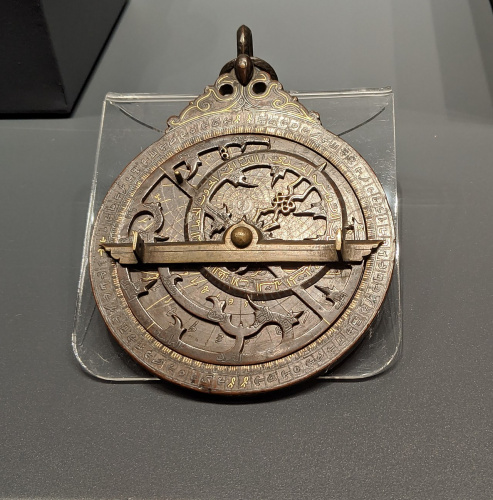
An astrolabe from the Mamluk Sultanate dated 1282
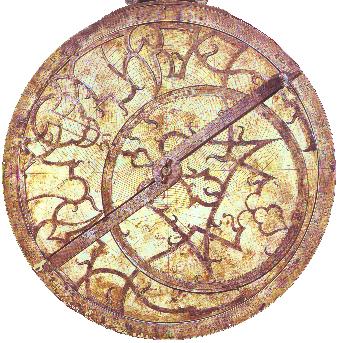
A 16th-century astrolabe showing a tulip rete and rule
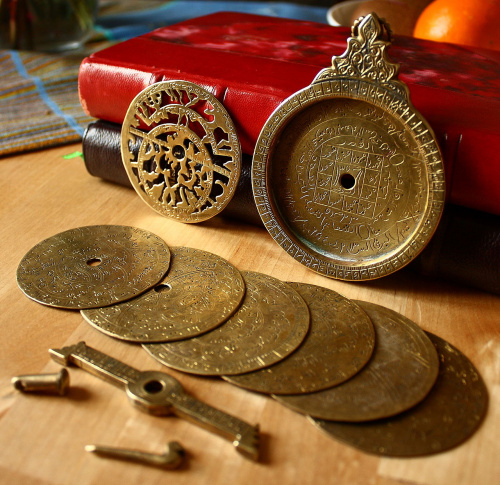
Disassembled 18th-century astrolabe
Photos: Wikipedia
The Telescope
The renaissance brought a revolution to astronomy, which resulted in their hardware changing a great deal as well. Referred to as the Copernican Revolution, it started in 1543 when Polish astronomer and mathematician Nicolaus Copernicus proposed a heliocentric model of the solar system. Up until then, everyone had just figured that the Earth was the center of the universe and everything quite literally revolved around us. (One of my favorite things about astronomy is how wrong that is, and then how humbling THAT is). Following this, Johannes Kepler created his laws of planetary motion, Tycho Brahe proved the heavens were indeed mutable, Isaac Newton published his laws of motion that every 11th grade physics student is currently committing to memory as you read this and Galileo Galilei became one of the first people to use a telescope.
Up until then, people had only observed planets and stars (and the Sun, unfortunately for the observer) with the naked eye. The refractor telescope used a lens to focus incoming light into a sharper image, and Galileo used this to discover the (aptly named) Galilean moons of Jupiter (Europa, Ganymede, Io and Callisto), the largest moons in the solar system (Ganymede, the largest, is even larger than Mercury!). Optics had been a field of study for a while by the time Galileo started making improvements to a telescope already designed by a Dutch eyeglass maker, but not many people had directed it skyward yet. The refracting telescope uses two lenses to focus incoming light into an eyepiece.
How a refracting telescope works. Photo: Abrams Planetarium
The problem with these telescopes that use lenses is that the image sharpness isn’t all that great due to non-uniform refractive properties of the lens materials, but this can be remedied by just making the telescope ridiculously longer. Giovanni Cassini discovered Saturn's moon Rhea in 1672 with a telescope 35 feet long, and other astronomers such as Johannes Hevelius were constructing telescopes with focal lengths as long as 150 feet. These telescopes needed support such as scaffolding or long masts and cranes to hold them up, and their value as research tools was not significant since the telescope's tube would flex and vibrate in the slightest breeze and sometimes collapse altogether.
The Great Paris Exhibition Telescope of 1900 was the largest refracting telescope ever constructed, with a focal length of 187 ft.
Enter: the mirror. Curved mirrors had been known to be able to focus images for a while, and multiple scientists worked on developing reflecting telescopes. The Gregorian telescope (invented by James Gregory in 1636) came up with a design for one that theoretically would get rid of the aberrations seen in refracting telescopes, but he had no skill to produce it on his own and couldn’t find an optician able to construct one, so that never happened. 30 years later, the Newtonian telescope (guess who invented that one) was conceived. This one included a second mirror that got rid of the observer obstructing their own observation, and a successful model that could magnify images up to 38x was presented by Isaac Newton himself to the Royal Society of London in 1672. Different scientists improved upon this model in the coming years, and many astronomical discoveries were made. Due to the properties of light collection, instead of increasing length for improved magnification, increasing the diameter of the mirror in a reflecting telescope is the way to go.
How a reflecting telescope works. Photo: Abrams Planetarium
Today, the largest operational telescopes are all reflecting telescopes, using mirrors to collect as much light as possible. For large telescopes on Earth, the atmosphere of our planet can distort light from stars as it comes through due to moisture and other properties. This is called atmospheric seeing, and adaptive optics is the technology used by modern telescopes to overcome this. It detects atmospheric seeing by one of a few different methods and distorts the mirror to cancel it out. In wavefront sensing, an adaptive optics system uses a wavefront sensor which takes some of the light, a deformable mirror that lies in the optical path, and a computer that receives input from the detector. The sensor measures the distortions the atmosphere has introduced over a few milliseconds, the computer calculates the optimal mirror shape to correct the distortions and the surface of the mirror is reshaped accordingly.
The Hubble Space Telescope is a reflecting telescope, with a primary mirror that's 2.4 m in diameter. Photo: ESA, CC BY-SA
Another way to inform an adaptive optics system of astronomical light distortions (that I think is cooler just because it uses lasers) is using an artificial guide star. A laser beam is used to generate a reference light source (a laser guide star, LGS) in the sky. There are two kinds of LGSs: Rayleigh and sodium guide stars. Rayleigh guide stars work by propagating a laser, usually at near ultraviolet wavelengths, and detecting the backscatter from air at altitudes between 49,000–82,000 ft. Sodium guide stars use laser light at 589 nm to resonantly excite sodium atoms higher in the mesosphere and thermosphere, which then appear to glow. The LGS can then be used as a wavefront reference.
A laser being directed at the center of the Milky Way. Photo: European Southern Observatory
Spectroscopy
Spectroscopy is another important part of astronomy who's instrumentation and hardware has changed a lot over time. It measures and interprets the electromagnetic spectra that result from interactions between electromagnetic radiation and matter as a function of the wavelength or frequency of the radiation. It allows the composition, physical and electronic structure of matter to be investigated at atomic, molecular and macro scales, and can be used over astronomical distances.
Spectroscopy began when Isaac Newton (who else) discovered you could split light with a prism into different colors, and that those colors must represent different wavelengths and frequencies of light. Modern spectroscopy involves the splitting of light by a prism or diffraction grating to give off a particular discrete line pattern called a “spectrum” unique to each element. Each element that is diffracted by a prism-like instrument displays either an absorption spectrum or an emission spectrum depending upon whether the element is being cooled or heated.
Alexa, play Dark Side of the Moon. Photo: Space Telescope Science Institute
Spectroscopy can be used to study exoplanets. Have you ever wondered how scientists know what the surface of planets are like thousands of light years away? When an exoplanet passes in front of its star, its atmosphere is backlit by the star and we are able to use spectroscopy to see what elements make up that planet's atmosphere. When used on stars, a stellar spectrum can reveal a ton, such as the star's chemical composition, temperature, density, mass, distance and luminosity. Spectroscopy can also show the velocity of motion towards or away from the observer by measuring the object's Doppler shift.
You can even start your own spectroscopy project with our Qwiic-enabled spectroscopy sensor!
Astronomy has changed a lot since the old days of dreaming up stories for the patterns we see in the sky, and it's a lot easier to do yourself these days. However, you might have a lot more in common with early astronomers like Newton and Galileo than you think!
Next time you’re on a road trip at night or on a camping outing (or if you’re lucky enough to live far from a city where there’s minimal light pollution), go outside and look up at the sky. Especially if you can see the Milky Way, it’s easy to understand then why the first humans thought we might live in a dome with holes poked into it to let light through. Pictures truly don't do it justice. Until artificial light was commonplace, everyone lived with the constant reminder of the larger universe over their heads every night.
We’re disconnected from that now, so much so that in 1994 during a city wide blackout, Los Angeles residents made 911 calls to express alarm about strange clouds and figures they were seeing in the sky. It wasn’t a UFO or a weather disaster – it was just the Milky Way, finally able to say hello and remind us all where we came from, and most of the people living in the city had never seen the night sky so clearly before in their life.
The Milky Way. Photo: NASA
I first learned about the planets in third grade, and that began a lifelong pursuit of knowledge about the vast region outside our little blue planet. We can take for granted the basics of current astronomical knowledge; like knowing the Earth revolves around the sun, that the laws of physics that exist on Earth also exist in space, or that the stars are all inconceivably far away without realizing how many people dedicated their lives to studying the night sky for us to know these simple things like they’re second nature.
However, each of those facts was tirelessly studied by someone years ago who dedicated their life to asking why (and may have even had to fight the entire Catholic Church so you could grow up knowing the Earth isn't the center of the universe). Like Isaac Newton said “if I have seen further, it is by standing on the shoulders of giants.” Next time you use a telescope or fire up your Sparkfun-enabled telescope calibrator, you're standing on the shoulders of everyone we've talked about today, and countless others who contributed as well.
Our limited edition Constellation Board Kit is available while supplies last, and you can even get a free MicroMod processor with your order! We can't wait to see what you make with this Limited Edition Kit.
Share some of your favorite space-related science with us or give us updates on your latest projects via Twitter` @sparkfun, or show us on Instagram, Facebook or LinkedIn.

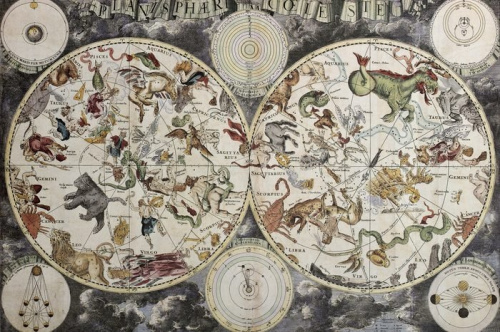
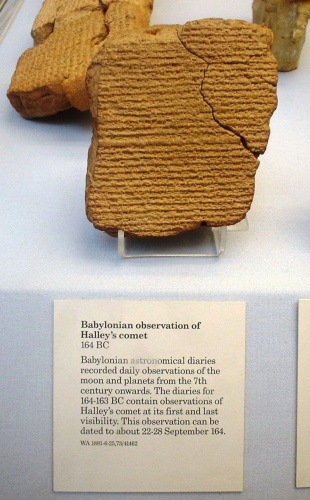

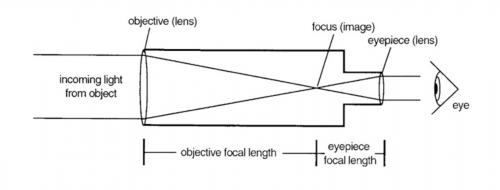
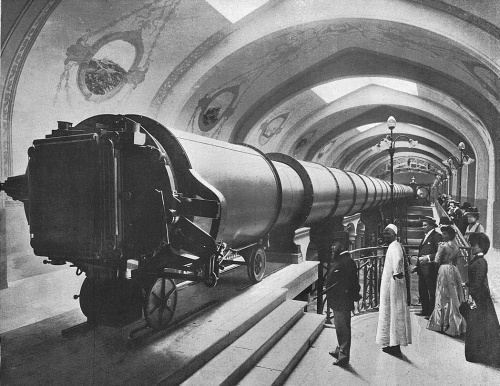
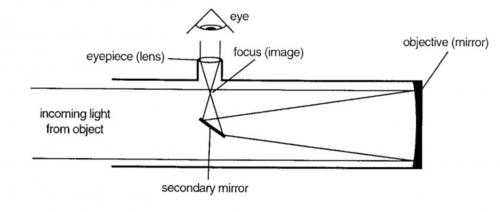
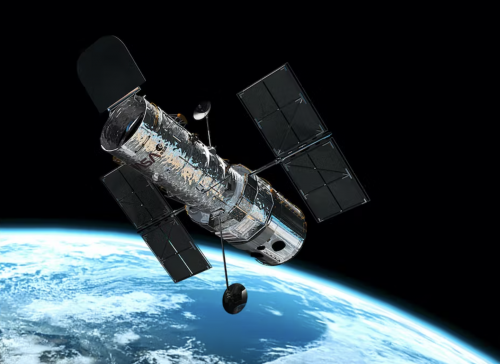




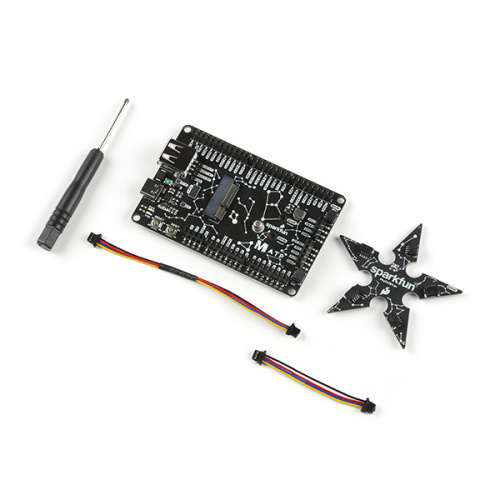

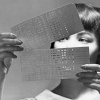
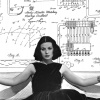







I think it's worth mentioning that different early societies around the world had their own constellations -- for instance, Native Americans saw different things in the sky than did, say, what we currently refer to as Australian Aboriginal societies.
Also, I think it sould be mentioned that a great many important discoveries and inventions have been made by what can only be described as "amateurs" -- everyone has the potential to contribute to our collective knowledge!